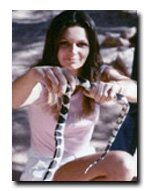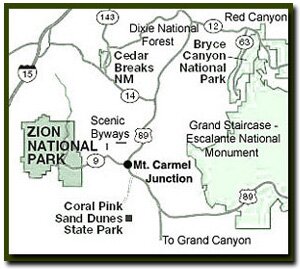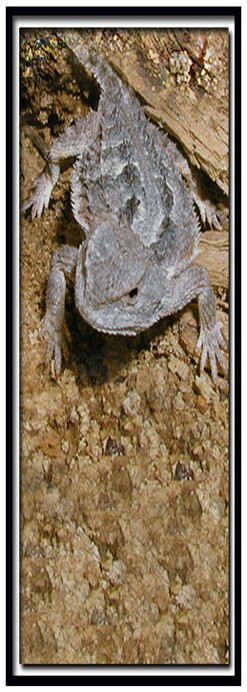 |
||||
|
Sand Dunes | Lodging | Camping | Map | Weather | Hiking | OHV | SW Vacation | Moquith | Hwy 89 | Pictures |
||||

Animals at the Sand DunesIn the hot arid climate of the Coral Pink Sand Dunes, many species of animals survive due to their ability to adapt to a changing environment. Animals living at the dunes include the ring-tailed cat, mule deer, black-tailed jack rabbit, coyote, fox, mountain lion, bobcat and the cottontail. More than mammals tread the hot sands. Reptiles have found their niche at the dunes including the plateau striped whiptail, California king snake, Utah milk snake, Utah Mountain king snake and the sonoran lyre snake. Some of the birds that are in the park visit, but do not nest there. The bird list includes the bald eagle, peregrine falcon, golden eagle and mourning dove. Even bats find a home in the arid, sandy desert. Not as common, but salamanders and toads exist at the dunes . They find water where it is scarce, (usually from melted snow) to help stave off dehydration. Standing on the boardwalk at the dunes, piles and piles of sand are in view. Panoramic views reveal few plants dotting the harsh landscape, but not an animal in site. Nothing. But look closer. Look for tracks in the sand. Soon you will notice traces of life. Paw prints, lizard toes, bird tracks and snakes all live at the Coral Pink Sand Dunes. Many animals have adapted to the dry desert life of the dunes. Amphibians such as salamanders and toads can be found near small water sources. The horned lizard is often called a "horny toad." Not a common site due to their coloring and habits. The animals name is due to the protruding "horns" above the eyes and its flat body and eating method that resemble a toad. Although fearsome looking, the horned lizard eats ants and other slow moving insects and spiders. In autumn, the lizard will hibernate, by burrowing into the sand. In the spring, they will come out and warm their bodies before hunting for food.
Common King Snake Bald Eagle Jack Rabbit
Coral Pink Sand Dunes State Park, UtahHistory of the Thunderbird |
East Zion Lodge Mileage from Stay in the heart of the parks, Mount Carmel Junction, and visit the treasures of the Southwest and Utah. Site Map Coral Pink |
||||||||||||
|
This is my new favorite quote:
"I don't know who Mary Cisneros is, but I mean zionnational-park.com It's a better site than the NPS's anyway." Written by the authors of the book: Favorite Hikes in and around Zion National Park |
|||||||||||||
|
Zion History |
|---|
All rights reserved © Copyright Zion National-Park dot com
Do not use text, photos or maps without permission © Zion National-Park dot com
Contact the Author Mary Cisneros with any errors






